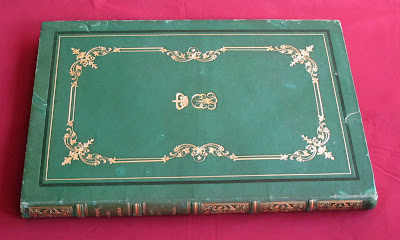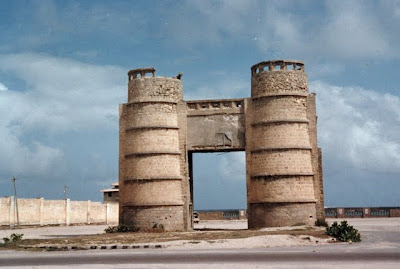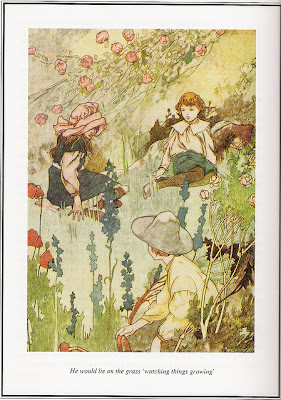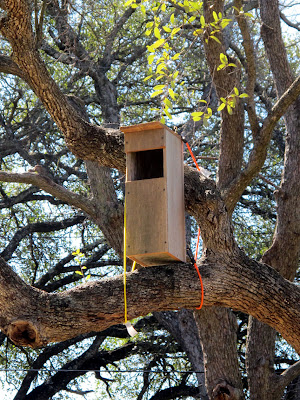Two weeks business in Beijing in April meant that Sharon and I could plan for something we never did when living there in the 90s …… visit Tibet, the Shangri-La of literature and film. We had made a decision not to visit South Africa in her apartheid days but had made an inconsistent trip to Myanmar in the 1990s. Would not visiting Tibet make any kind of statement? Presumably not.
The first week in the capital allowed us to reacquaint ourselves with the cultural nuances of China. The highlight was when Sharon, her excellent Mandarin notwithstanding, failed in her attempts to persuade officers of the local police station to wash and iron our clothes. The laundry was actually two doors further down the street. As the week progressed, her team of playmates gradually gathered.

The flight for me to Lhasa was memorable in only two ways. In Beijing airport I saw the Mongolian farmer who has at one time been the world’s tallest man, authenticated by the Guinness Book of Records. http://www.thetallestman.com/baoxishun.htm
I refrained from asking for my photograph with Bao as I felt sorry for him and did not want to perpetuate the freak-show environment that he must constantly live in. Dozens of other airport users were not so restrained.
The other thing that was very noticeable was how many of the young, petite and attractive Air China cabin attendants had “round eyes”. That particular brand of cosmetic surgery must have become “de rigor” in China these days. Yet another reflection on our media-driven perception of beauty.
The Peoples’ Republic of China invaded Tibet in 1951 (officially the “Peaceful Liberation”) and have been pursuing a policy of assimilation with the Han ever since. This effort was compounded during the Cultural Revolution (1966-1976) when Red Guards wreaked havoc on many of Tibet’s Buddhist temples and monasteries. Things got worse after the completion of the Qinghai-Tibet rail link (the world’s highest railroad) in 2006. http://news.bbc.co.uk/2/hi/5133220.stm


The counter-argument, of course, is that the Tibet of old was truly a brutal and repressive feudal system and that the opening of the country has indeed created a more egalitarian society and fostered economic growth.
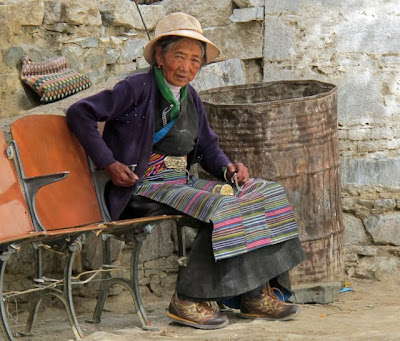

Central Tibet presents an arid and seemingly barren countryside. The magnificent Himalayas were too far to the south for us to see, although some of the hills surrounding Lhasa were still capped with late-spring snow. Most of the sights we visited were Buddhist: the Dali Llama’s Potala winter palace, the temples and the monasteries. The Chinese are masters at wholly convincing restoration. Although many of the institutions were founded as far back as the 7th century, it was often difficult to distinguish sections that were original from those that have been restored in the 80s and 90s. Perhaps a period of remorse?

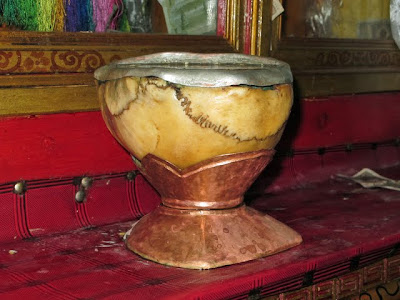
We did develop a better appreciation of Tibetan Buddhism but the role of the monks in society appears to be becoming more confused, perhaps even controversial. Whereas the monasteries were traditionally centers of learning and medicine, it is becoming harder these days to understand their place in modern Tibet. The monasteries and temples are funded by contributions from working people, most of whom can ill-afford it but who are willing to make the sacrifice for spiritual insurance. We were told by our Tibetan guide that the monasteries’ incumbents make little practical contribution to the earthly well-being of their “flock”. It was not uncommon to see bored monks texting their friends during the chanting sessions. Hardly earning their keep. The exception seemed to be the one nunnery that we visited, where we did get a sense that the nuns were perhaps more engaged with the country’s society of today.

Our visit to Tibet was probably at least twenty years too late, at least as far as Lhasa and the surrounding towns are concerned, with the PLA now patrolling most major streets. Seeing a recent documentary on Tibet convinced me that it is still possible to see the “real thing” but that this needs to be done with an adventure tour group which takes you way beyond the Lhasa region which is gradually converging on becoming a typical mainstream Chinese city. Of course there were the little cultural vignettes. The yaks and the yak butter:

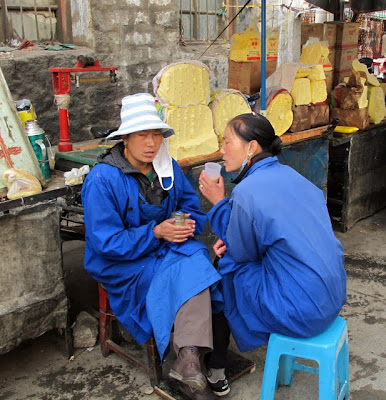
Our idiosyncratic (and sadly lacking) Cool Yak hotel and the oddities in the market. I bet the teeth are cheaper than Texas.
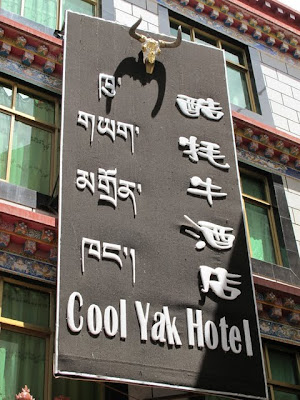
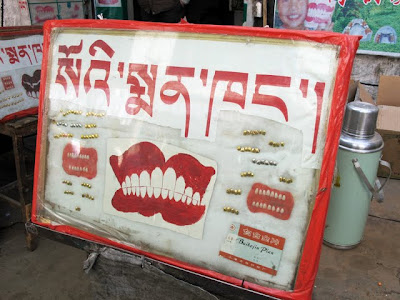
Our return to Beijing was via the two-day train ride on which we saw small herds of both the Tibetan wild asses and small grey antelope. Other than having to negotiate constantly-flooded toilet-facilities, it was a smooth and relaxing experience, allowing me to read the whole of Bill Bishop’s “The Big Sort”. The cultural vignette that closed this trip to China, perhaps our last, was when Sharon and I went for an Italian meal on our last night. She picked up two breadsticks and absently-mindedly tried to use them as chopsticks.



